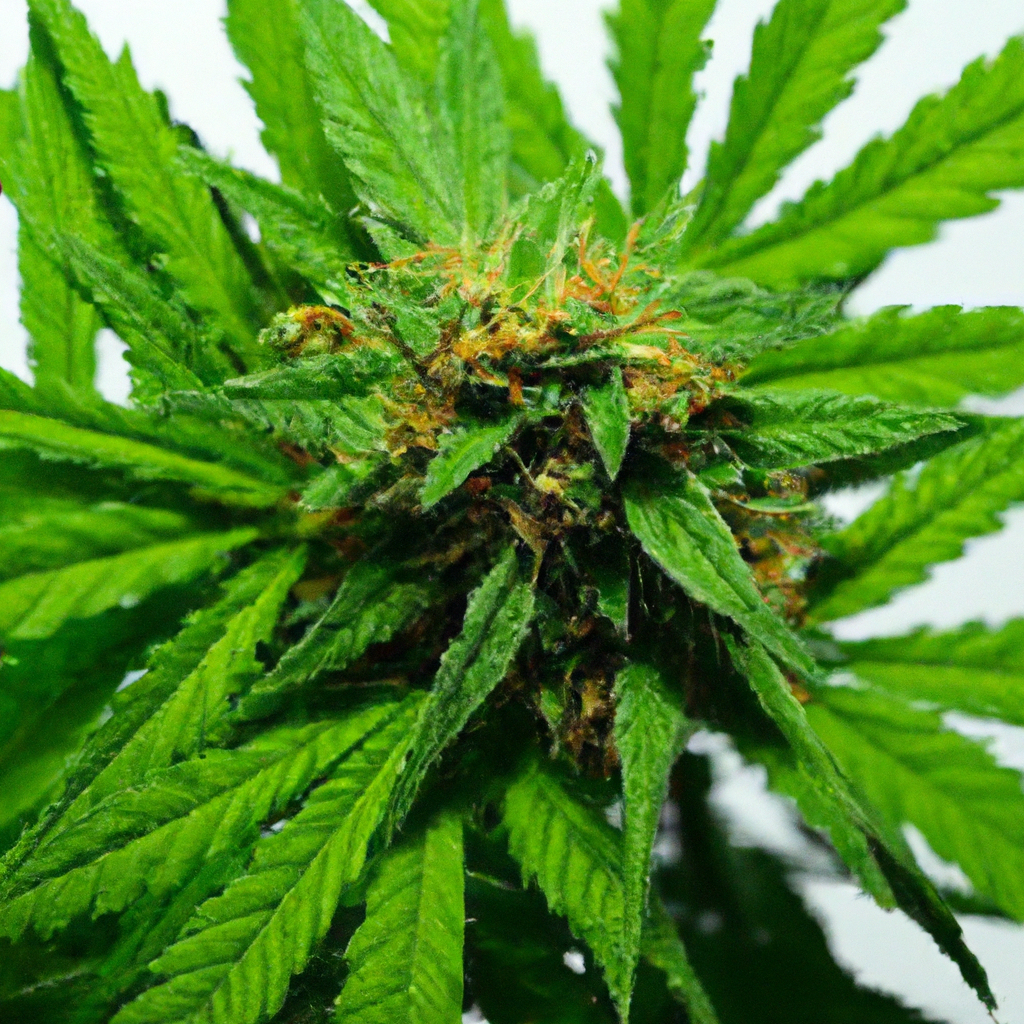Welcome to another deep dive into the world of medicinal cannabis. I’m John “Magic” Greenleaf, and today, we’ll explore how cannabis, especially certain cannabinoids, may offer neuroprotective properties. With over three decades of growing experience in Colorado’s high elevations, I’ve seen firsthand how this plant can support wellness. Join me on this insightful journey about cannabis’s potential in neuroprotection.
Understanding Neuroprotection
Neuroprotection refers to the mechanisms and strategies that protect the nervous system from injury and degeneration. This process is crucial in facing diseases like Alzheimer’s, Parkinson’s, and Multiple Sclerosis. Here, cannabis steps in as a promising player, thanks to its active components.
The Role of Cannabinoids in Neuroprotection
Cannabinoids, especially cannabidiol (CBD) and tetrahydrocannabinol (THC), play a significant role in neuroprotection. These compounds interact with the body’s endocannabinoid system, supporting various functions like mood, memory, and immune response. Here’s how they help:
- **Reducing Inflammation**: Cannabinoids can decrease inflammation, a common factor in neurodegenerative diseases.
- **Antioxidant Properties**: THC and CBD act as antioxidants, protecting brain cells from damage caused by free radicals.
- **Promoting Neurogenesis**: Studies suggest cannabinoids can promote the creation of new neurons in the hippocampus, fostering learning and memory.
Research and Real-World Examples
Although additional research is necessary, early preclinical studies and anecdotal accounts are promising. For instance, a recent study found that CBD reduced the rate of neurodegeneration in mice models for Alzheimer’s disease.
“Healthy roots, healthy buds, happy harvests.” — John “Magic” Greenleaf
In my own grow operations, focusing on strains with high CBD and balanced cannabinoid profiles—like my “Rocky Relief”—has empowered patients managing neurodegenerative conditions. These cultivars are selectively bred not only for potency but also for therapeutic efficacy.
Sustainable Cultivation for Optimal Health
Sustainability is key in growing such potent strains. By employing organic soil methods and advanced water-efficiency techniques, not only do we save resources, but we also ensure our cannabis is free of harmful chemicals. A pure growing environment translates to a pure end product, amplifying the medicinal benefits.
Conclusion
The potential of cannabis in neuroprotection is tremendous. While more studies are needed to fully unlock its effects, the anecdotal and early scientific evidence is a strong foundation. As we continue to learn, I remain committed to harnessing nature’s wisdom through responsible and sustainable cultivation practices.
If you’re interested in these topics, check out my blog, MagicGreenGrow.com, where I share more insights and growing tips. Remember, the altitude makes us tougher—and so does our weed!
Tags: Medicinal Benefits, Sustainability, Organic Cultivation


Leave a Reply